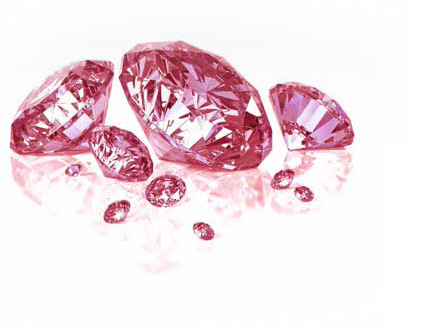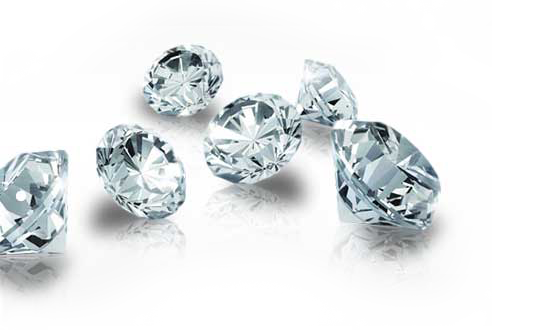
Chanmel Gems Ceylon
Colour
Gemstones come in nearly every color imaginable and when it comes to buying gems, color is the most important value factor. In fact, one gem variety can have many different hues. For example, sapphires, tourmalines, and garnets all come in blue, pink, and yellow hues.
A gemstone’s color is broken out into three categories: hue, tone, and saturation. These categories and criteria determine color quality and price. Typically, vivid hues and medium tones make for the most sought-after gems, but it’s important to remember that color preference is personal.
Tone: Also known as value, tone refers to the lightness or darkness of color. Tones can range from clear to black, and varying tones can render varying hues. For example, light or clear tones in an emerald will make a light green, whereas a dark-toned emerald will look more like deep forest green.
Saturation: Also known as chroma or intensity, saturation refers to the amount of color present in the stone. When you think of the perfect ruby, you probably imagine a deep and perfect red that has no trace of yellow, pink, or orange. This is an example of flawless saturation. A gemstone with excellent saturation reflects a pure color that is uninterrupted by brown or grey tints.
Hue: There are six primary hues: violet, blue, green, yellow, orange, and red. Between the primary hues are secondary hues like blue-green. Gemstones that have pure primary colors are the most valuable (emerald, sapphire, ruby). Gems that are very pale, very dark, or are tinged with brown or grey are less valuable.
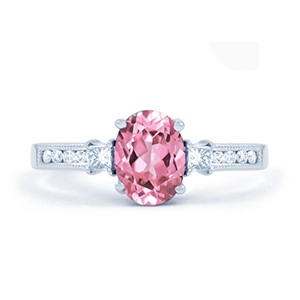
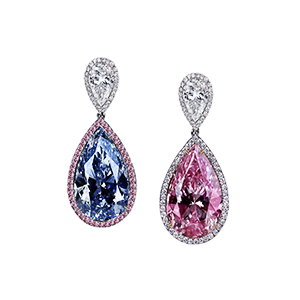
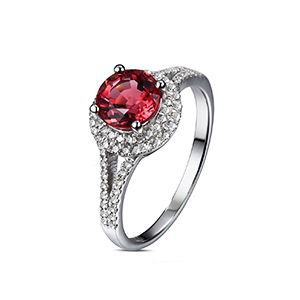
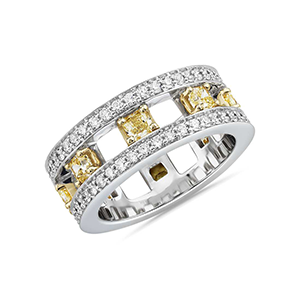
Chanmel Gems Ceylon
Clarity
Gemstone clarity is determined by how visible a stone’s inclusions are and whether there are any foreign inclusions within the stone. Because of the way gemstones form in the earth, many stones naturally have inclusions. Inclusions are any foreign objects such as dust, air pockets, liquid, insects, or other minerals that have been enclosed within a gemstone during its formation. Gemstones with few to no inclusions are considered quite valuable, whereas more inclusions typically drive down the price and value of gemstones. A few exceptions to this rule are certain inclusions that make gemstones rarer, such as sapphires that have inclusions that look like a star.
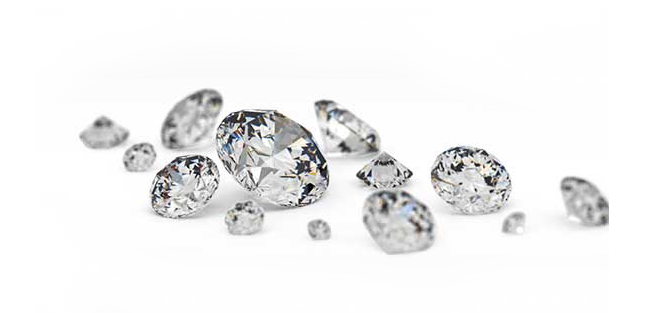

Chanmel Gems Ceylon
Carat Weight
Gemstones are sold by weight, not size. The carat is the standard weight measurement used, which converts to one-fifth of a gram. Because each stone is made up of a different mineral, the density varies from stone to stone. For example, a one-carat emerald and a one-carat ruby will weigh the same, but the ruby will be smaller because it is a denser stone.Certain gems are rarely found in large sizes. This means you can expect to pay much more per carat for stones like ruby, sapphire, spinel, alexandrite, garnet, and emerald.
Cut
When we speak about the carat factor of a diamond, we talk about the size of a diamond in terms of weight. In basic terms the bigger the diamond, the higher its carat value, which in turn increases the price of the gem.
A gemstone’s “cut” refers to the way it has been faceted and styled to refract light. Unlike simply tumbling and polishing a stone, jewelers use faceting to amplify a stone’s brilliance by geometrically cutting multiple flat facets into the gem. Cut and shape are often confused, but even though both cut and shape are gemstone styling terms, cut is solely focused on faceting a gemstone to showcase its brilliance. Shape is the general outline of the stone when it is viewed from above. Many retailers use the terms “cut” and “shape” interchangeably. However, noting the difference between the terms is important because there are certain cuts that can be applied to different shapes. For example, the popular brilliant cut is a style of faceting that can be used on heart-shaped, round, and square gemstones.
